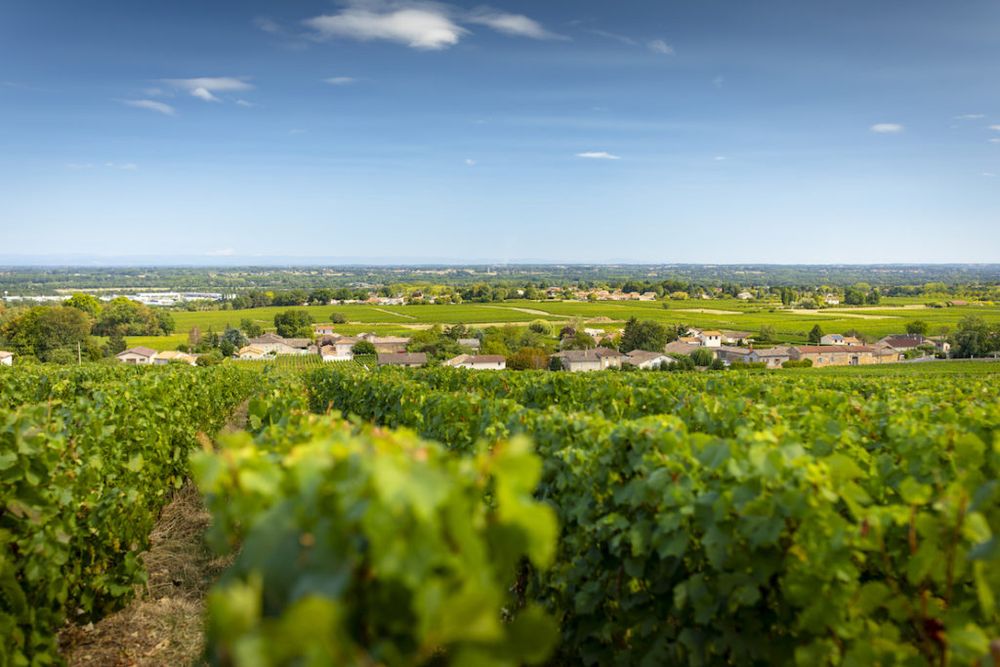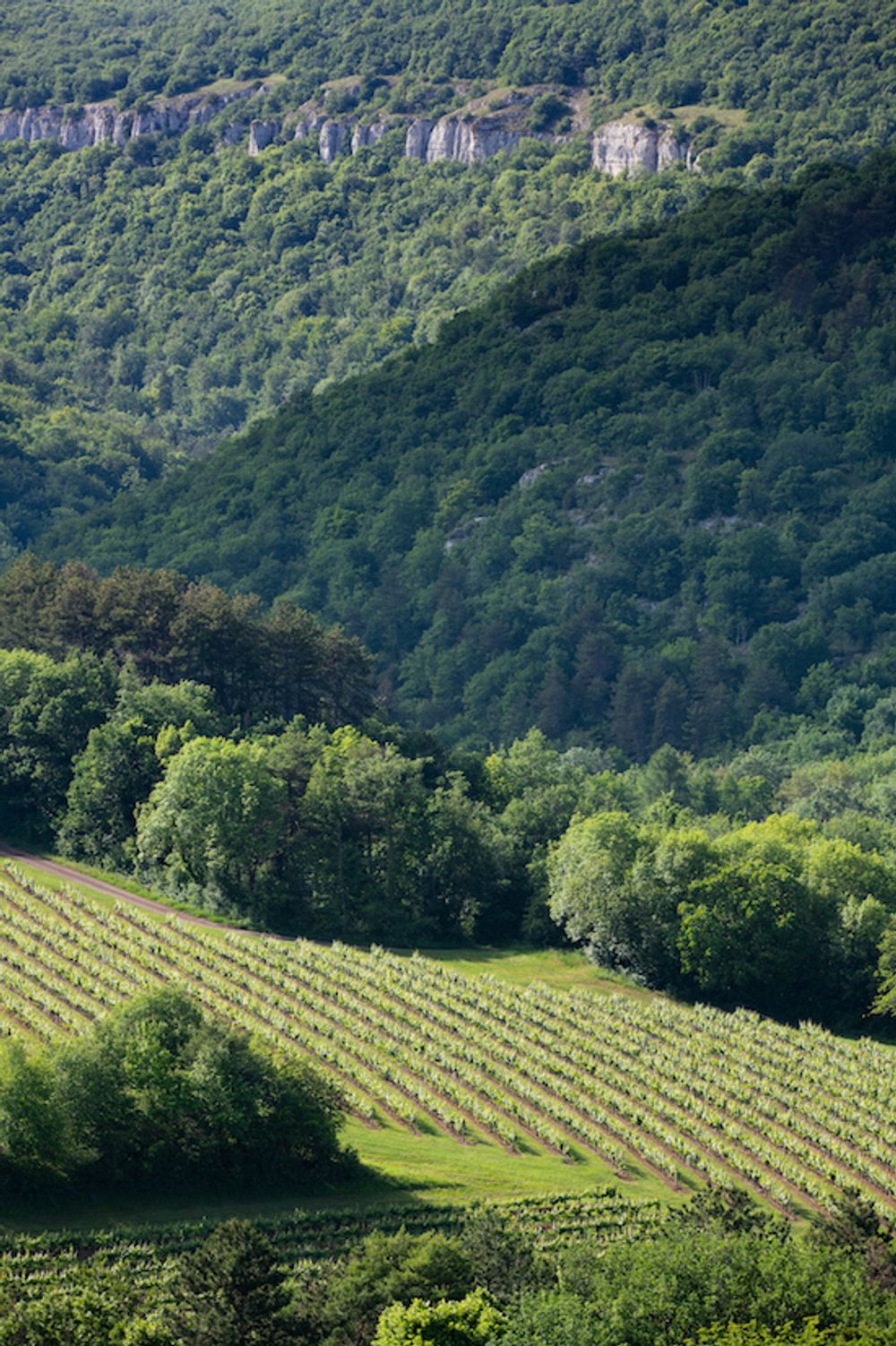Sebastian Thomas, Director and Wine Buyer, shares his personal insights on Bourgogne and why it is such an important part of Howard Ripley’s business and a key way to start the new year with Bourgogne Week that falls in the second week of January.

Sebastian Thomas
How were the last 12 months for your Bourgogne performance compared to the previous year?
For “en primeur” sales, after the reduced 2016 vintage, it was a relief that the 2017 vintage was both higher in volume and well-received. Customers that had been unable to secure certain wines in the 2016 vintage were happy to be able to buy the 2017s. We are lucky to have good stocks of back vintages for on-trade customers, and growth in this sector has been steady.
What is particularly selling well for you from Bourgogne?
High-end wines are always the first to go, but we’ve seen a lot of growth for value Bourgogne in the form of lesser-known Village and Régionale appellations. One of our most popular Bourgogne wines has been a lovely Côte de Nuits-Villages – keenly priced and a great introduction to this level.
We’ve also seen increased interest in some Village AOCs such as Ladoix, Monthélie, and Maranges in red, and Saint-Romain, Montagny and Saint-Aubin in white, where there are many well-priced wines.
We’ve had great success with the Macon wines + a Geographical Denomination, such as the Mâcon-Chaintré from Domaine Barraud, mostly going to restaurants and wine bars. It’s a beautifully made wine at a great price point and punches well above its weight.
Any particular tips to your customers on how to make the most of their Bourgogne range?
For trade customers, we’re always looking to recommend Bourgogne by the glass; there are a lot of consumers, particularly younger ones, who are interested in dipping their toes into Bourgogne, but intimidated by the pricing of higher end bottles. If you have a Bourgogne by the glass at an attractive price, you might have just converted a non-Bourgogne drinker into a fan.
For private clients, we recommend finding a producer whose style you like and buying across the range; quality has only increased across the board over the years, and a Bourgogne Rouge from a top producer can give a lot of pleasure while waiting for the higher end wines to mature.
Trust the grower, not the vintage. A good grower now has the ability to make great wines every year. In fact, the ‘lesser’ vintages often provide more immediate pleasure than the ‘great’ ones.

Wines from Mâcon-Chaintré can punch well above their weight – Chaintré – Crêche sur Saone ©Aurelien Ibanez
Why do you have Régionale appellations + a Geographical Denomination?
These provide a stepping stone of sorts from the generic Bourgogne wines, bridging the gap to the named Village AOCs. Some consumers, whether just starting to learn about Burgundy, or just looking for a good QPR, are interested in the terroir of the wine they drink, but are priced out of even Village-level Bourgogne.
Why would you say they are the most interesting in terms of quality and value and of availability?
These days it is important for a grower’s reputation to be known for reliable wines across the range, rather than just a couple of flagships. Domaines have been able to use increased knowhow and technology to get the most out of all their terroirs, and less grand ones have particularly benefited. Terroirs are becoming more precisely defined, as evidenced by the increased use of ‘lieu-dits’ – named vineyards – so that even at lower levels a drinker can appreciate the magic of Bourgogne’s soil differences.
How do you promote these differently on the British market?
These wines are ideal for a younger audience, who buy less “en primeur”. One strategy is to promote them especially for wine shops, as younger drinkers are more likely to stop into a shop to buy a bottle to drink tonight rather than full cases for cellaring.
Which of these appellations would you say are the most interesting in terms of quality, and of availability?
Climate change has meant that formerly marginal vineyards in cooler spots higher up the slope, or in the Hautes Côtes, are now producing excellent wines. While they will never reach the heights of the best wines from lower down the slope, growers are discovering the potential of less favoured sites, and producing excellent wines from them.

Climate change has meant that marginal sites or Hautes Côtes are now producing excellent wines. Hautes Côtes de Nuits ©Michel Joly
Would you say they have a good price/quality ratio? If so why?
From the right producers, these wines can be outstanding quality for the price. I’d rather drink a simple (and inexpensive) bottle from a great grower that a grand wine from a poor one.
Why are these appellations beneficial to the ranges of wines you offer?
We’ve found it important to offer a range of price points; there will always be customers who want the top wines, but there are equally always customers who are after wines that are ready to drink sooner, or who are looking to explore Bourgogne without splashing out for the most expensive examples.
What are the three top tips to convince customers to buy a bottle of Régionale appellations + a Geographical Denomination?
Quality and consistency has never been better. You don’t have to spend a fortune to get a good bottle.
It’s a great introduction to a grower’s style. A great bottle at this level will encourage customers to try wines further up the scale. They are wines to be drunk while waiting for the grander ones to come round.
The Howard Ripley tasting is taking place on Wednesday, January 15th. You can find out more about all the tastings taking place during Bourgogne Week by clicking here.
You can also follow what is happening during Bourgogne Week on social media at @BourgogneWeekwith #BourgogneWeek and #BourgognePassItOn
Lead image of Monthelie ©Aurelien Ibanez































